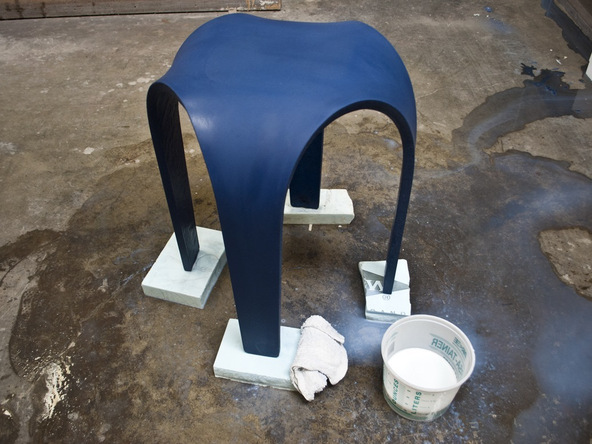Bent Concrete Side Table
SIX: SEALING CONCRETE
The final step of this project is to seal the concrete. This step is optional, but sealing will help protect the concrete from staining and preserve the finish over time.
Choose Your Favorite Sealer
Step 1 – Apply Sealer

Previous: Demolding

Wait 24 hours before attempting to demold this project. The legs will continue to be delicate until the concrete has reached full strength in seven days.

